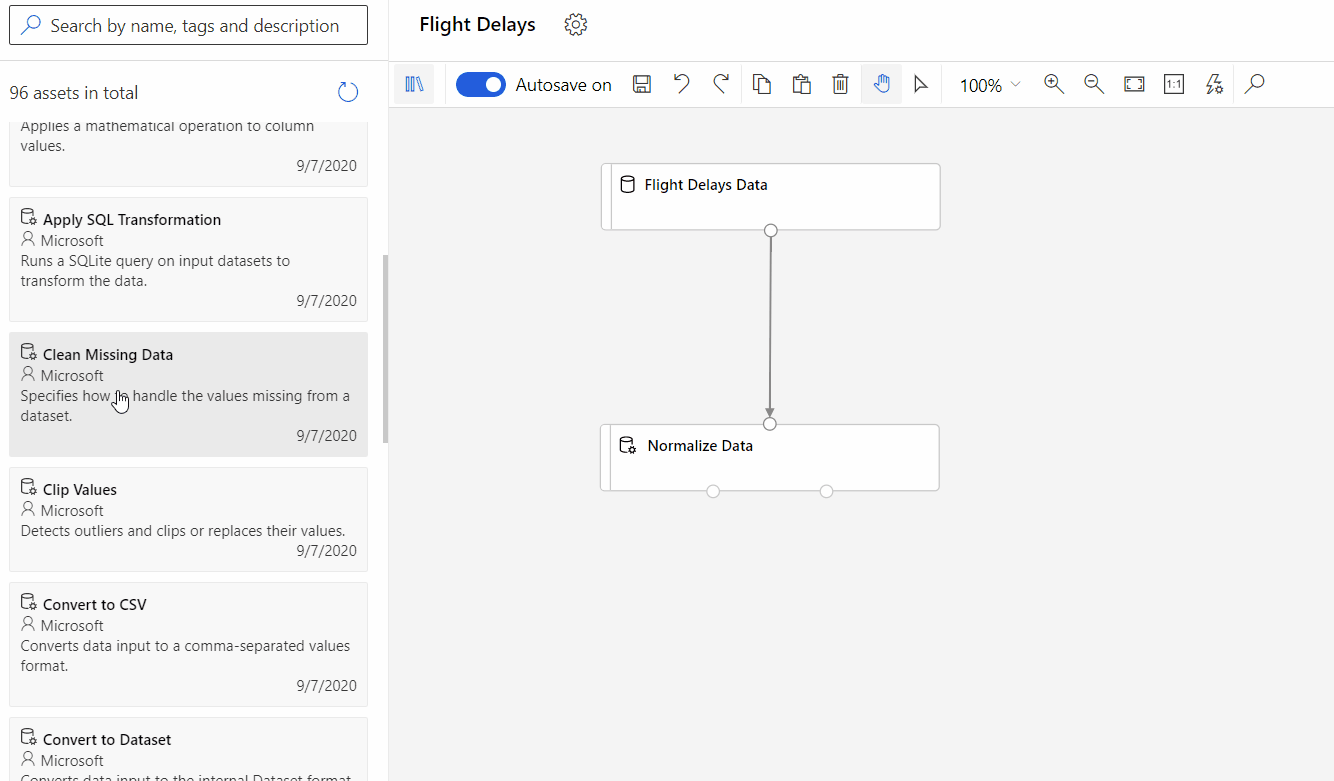ANOMALY DETECTION One-class SVM PCA-based anomaly detection Fast training 100 features, aggressive boundary CLUSTERING K-means TWO-CLASS CLASSIFICATION Two-class decision forest. SEE: All of TechRepublic's cheat sheets and smart person's guides In addition to the aforementioned storage, Azure virtual machine, CDN, and Windows-related services, Azure also offers a variety. The MicrosoftML: Algorithm Cheat Sheet helps you choose the right machine learning algorithm for a predictive analytics model when using Machine Learning Server. The algorithms are available in R or Python. MicrosoftML provides a library of algorithms from the regression, classification (two-class and multi-class), and anomaly detection families. I have researched for more than 35 days to find out all the cheatsheets on machine learning, deep learning, data mining, neural networks, big data, artificial intelligence, python, Tensorflow, scikit-learn, etc from all over the web. To make it easy for all users, I have zipped over 100+ Cheat sheets and shared it in this post. The first piece of information in any Microsoft Azure cheat sheet is the definition of Microsoft Azure. The basic definition of Microsoft Azure is that it is a cloud computing platform by Microsoft.
-->The Microsoft Azure Machine Learning automated data pipeline cheat sheet helps you navigate through thetechnology you can use to get your data to your Machine Learning web service where it can be scored by your predictive analytics model.
Depending on whether your data is on-premises, in the cloud, or real-time streaming, there are different mechanisms available to move the data to your web service endpoint for scoring.This cheat sheet walks you through the decisions you need to make, and it offers links to articles that can help you develop your solution.
Download the Machine Learning automated data pipeline cheat sheet
Once you download the cheat sheet, you can print it in tabloid size (11 x 17 in.).

Download the cheat sheet here: Microsoft Azure Machine Learning automated data pipeline cheat sheet
Microsoft Azure Ml Cheat Sheet

More help with Machine Learning Studio
- For an overview of Microsoft Azure Machine Learning, see Introduction to machine learning on Microsoft Azure.
- For an explanation of how to deploy a scoring web service, see Deploy an Azure Machine Learning web service.
- For a discussion of how to consume a scoring web service, see How to consume an Azure Machine Learning Web service.
Azure Machine Learning Cheat Sheet
The Azure Machine Learning Algorithm Cheat Sheet helps you choose the right algorithm from the designer for a predictive analytics model.
Azure Machine Learning has a large library of algorithms from the classification, recommender systems, clustering, anomaly detection, regression, and text analytics families. Each is designed to address a different type of machine learning problem.
For additional guidance, see How to select algorithms
Download: Machine Learning Algorithm Cheat Sheet
Download the cheat sheet here: Machine Learning Algorithm Cheat Sheet (11x17 in.)
Download and print the Machine Learning Algorithm Cheat Sheet in tabloid size to keep it handy and get help choosing an algorithm.
How to use the Machine Learning Algorithm Cheat Sheet

The suggestions offered in this algorithm cheat sheet are approximate rules-of-thumb. Some can be bent, and some can be flagrantly violated. This cheat sheet is intended to suggest a starting point. Don’t be afraid to run a head-to-head competition between several algorithms on your data. There is simply no substitute for understanding the principles of each algorithm and the system that generated your data.

Every machine learning algorithm has its own style or inductive bias. For a specific problem, several algorithms may be appropriate, and one algorithm may be a better fit than others. But it's not always possible to know beforehand which is the best fit. In cases like these, several algorithms are listed together in the cheat sheet. An appropriate strategy would be to try one algorithm, and if the results are not yet satisfactory, try the others.
To learn more about the algorithms in Azure Machine Learning designer, go to the Algorithm and module reference.
Kinds of machine learning
There are three main categories of machine learning: supervised learning, unsupervised learning, and reinforcement learning.
Supervised learning
In supervised learning, each data point is labeled or associated with a category or value of interest. An example of a categorical label is assigning an image as either a ‘cat’ or a ‘dog’. An example of a value label is the sale price associated with a used car. The goal of supervised learning is to study many labeled examples like these, and then to be able to make predictions about future data points. For example, identifying new photos with the correct animal or assigning accurate sale prices to other used cars. This is a popular and useful type of machine learning.
Unsupervised learning
In unsupervised learning, data points have no labels associated with them. Instead, the goal of an unsupervised learning algorithm is to organize the data in some way or to describe its structure. Unsupervised learning groups data into clusters, as K-means does, or finds different ways of looking at complex data so that it appears simpler.
Reinforcement learning
In reinforcement learning, the algorithm gets to choose an action in response to each data point. It is a common approach in robotics, where the set of sensor readings at one point in time is a data point, and the algorithm must choose the robot’s next action. It's also a natural fit for Internet of Things applications. The learning algorithm also receives a reward signal a short time later, indicating how good the decision was. Based on this signal, the algorithm modifies its strategy in order to achieve the highest reward.
Next steps
See additional guidance on How to select algorithms
Learn about studio in Azure Machine Learning and the Azure portal.
Tutorial: Build a prediction model in Azure Machine Learning designer.
Learn about deep learning vs. machine learning.
